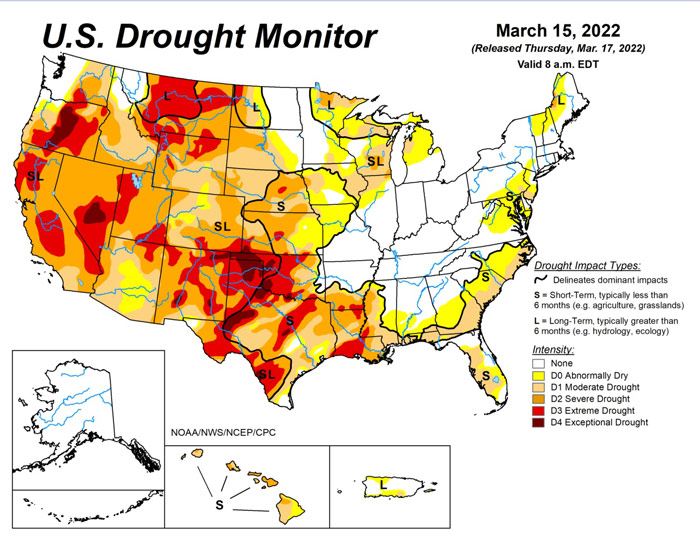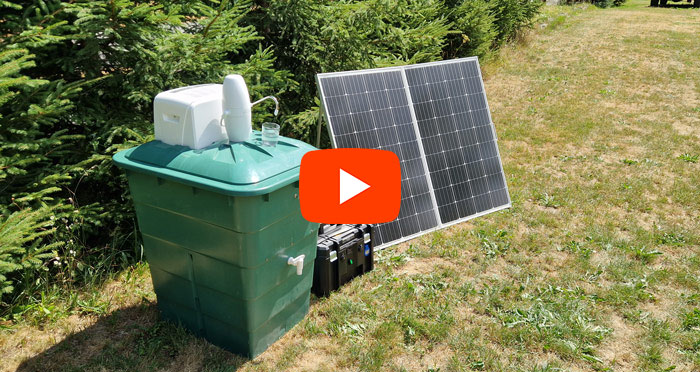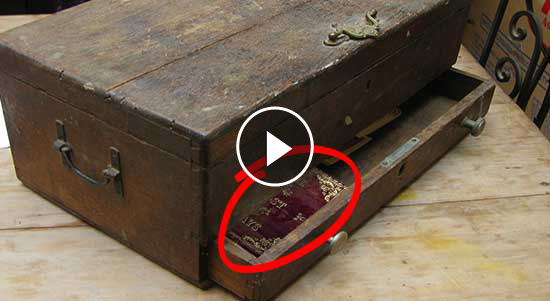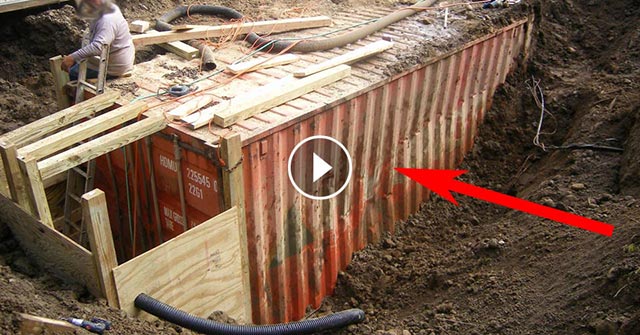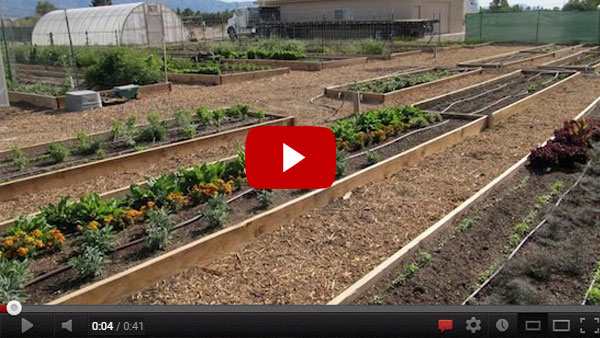Click Here To Join Our Telegram Channel for FREE daily tutorials!
 image – https://www.youtube.com/watch?v=YN722I2eg7Q
image – https://www.youtube.com/watch?v=YN722I2eg7Q
Due to the decreasing amount of space to grow healthy organic food, gardeners or growers are always looking for other ways to cultivate their crops. Gardening enthusiasts want to grow more and higher quality crops without depleting their savings. One of the methods they can use is the underground greenhouse, which can be constructed within a variety of geographic and climatic conditions.

Those who live in colder climates could build an underground or pit greenhouse, also known as a walpini, which is a more inexpensive and effective alternative to the glass greenhouse. Walpini is an Aymara Indian word which means “place of warmth.” The walpini was developed in the 1980s in South America for cold mountainous regions. This method is ideal for growers who want to extend the growing season – possibly all year round, even in cold climates.
Walpini is an innovative idea for off the grid living. It is a cheaper way to grow your own food and only costs $300 in building materials.
There are several advantages of an underground greenhouse. You lose less warmth in walpini compared to a traditional greenhouse. According to one walpini owner, his greenhouse keeps steady warmer temperatures when it is 10-degrees outside. A Walpini greenhouse does not take up as much visual space on the landscape. You can also use a walpini greenhouse as an alternative place for keeping some livestock. The walpini is especially beneficial for cold-sensitive livestock.
A typical walpini greenhouse is built 3 to 5 feet underground. Its design allows for the collection and storage of daytime solar radiation. A plastic sheeting covers the greenhouse, with the longest area of the greenhouse facing the winter sun. If you live in the Southern Hemisphere, the longest area of the walpini would face the north, and vice versa for those in the Northern Hemisphere.
This type of greenhouse has been proven effective and resilient in western China. Walpini greenhouses have helped farmers increase their yield and revolutionized the surrounding economy there.
Other countries that adopted the partially subterranean greenhouse method include Japan, Russia, South Korea, and the U.S. Farmers in these locations incorporated some kind of runoff system and built the walpini on a hill to deal with times of heavy rainfall.

When constructing a walpini, it is vital to consider its placement. There should be improper water drainage to prevent water penetration of molds which can lead to mold, causing damage to the crops.
Your walpini must have enough space to grow your plants. There should also be a small area to walk into the greenhouse. The ideal size for an underground greenhouse is 8 x 12 feet.
The underground greenhouse method is cheaper than aquaponics but requires more effort than urban homesteading. But its best selling points are its viability, affordability, and sustainability.

This Crazy Off Grid Device Literally Makes Drinkable Water From Fresh Air:
According to NASA, the U.S. is expecting a 100-YEAR LONG MEGADROUGHT.
It's already begun. Ask the farmers in California. They know.
Every survivalist knows that water is of critical importance. You NEED an independent water source that you can count on!
As an interesting "survival rehearsal" - imagine that you turned the tap on right now and nothing came out. How long would you last?
But what if there was another water source literally hidden in plain sight. That's right, I'm talking about the atmosphere!
The amazing thing about getting water from the natural moisture in the air... is that it is ALWAYS available.
This gives you real water security!
Learn more about how to tap into "Nature's secret water reservoir" and stay hydrated when TSHTF!
Watch the video:
😳 What Tinnitus Does To Your Brain Cells (And How To Stop It)
After 47 years of studies and countless brain scans done on more than 2,400 tinnitus patients, scientists at the MIT Institute found that in a shocking 96% of cases, tinnitus was actually shrinking their brain cells.
As it turns out, tinnitus and brain health are strongly linked.
Even more interesting: The reason why top army officials are not deaf after decades of hearing machine guns, bombs going off and helicopter noises…
Is because they are using something called "the wire method", a simple protocol inspired by a classified surgery on deaf people from the 1950s...
Most People Don't Have The Guts To Try This:
An amazing discovery in an abandoned house in Austin, Texas: A lost book of amazing survival knowledge, believed to have been long vanished to history, has been found in a dusty drawer in the house which belonged to a guy named Claude Davis.
Remember... back in those days, there was no electricity... no refrigerators... no law enforcement... and certainly no grocery store or supermarkets... Some of these exceptional skills are hundreds of years of old and they were learned the hard way by the early pioneers.
>> Click here to find out about them now
We've lost to history so much survival knowledge that we've become clueless compared to what our great grandfathers did or built on a daily basis to sustain their families.
Neighbors said that for the last couple of years Claude has tried to unearth and learn the forgotten ways of our great-grandparents and claimed to have found a secret of gargantuan proportions. A secret that he is about to reveal together with 3 old teachings that will change everything you think you know about preparedness:
>> Click Here To Watch The Video <<
What REALLY Happens When You Bury a Shipping Container? (Hint: It's A Bit Crazy...)
Shipping containers are all the rage - but if you are thinking about buying one, you MUST watch this video first:
Do not, I repeat do NOT do what these lunatics did! Can you spot the "fatal mistake" they made?
There's a general belief that if you bury a shipping container you can create an awesome root cellar / storm shelter / survival bunker.
But is a shipping container strong enough to handle the pressure?
Watch the video to see what happens:
What Really Happens When You Bury a Shipping Container? (Click To Watch Video)

I Can't Help Showing This Off:
If you haven't heard of Claude Davis yet do yourself a huge favor and watch this video.
One of the smartest guys I ever had the pleasure of meeting, Claude set-up a unique prepping system that changed his life forever.
I already tried it myself and let me tell... you I was completely blown away... His surprising tactics could make your life easier and give you the peace of mind you deserve.
Don't just take my word for it... watch his short video and decide for yourself.
>> Click Here To Watch The Video <<

More Off-Grid And Survival Resources:



